Losing money in trading is more common than people realize, and the reality is that many traders are not making a consistent income. So even the most experienced traders use signals to improve their profitability.
But using forex calls blindly is not a good idea, and you need to understand the factors that influence it before taking it.
What is an FX call?
It is a type of cheat code for traders and investors created by expert traders. They perform the analysis on your behalf and produce signals for you to use. By applying a combination of technical and fundamental knowledge to analyze the market, anyone can create a call. However, novice traders who are not confident or lack the skills choose to use trade signals.
Depending on the trading style, the signal can be:
- Short-term
- Medium-term
- Long-term
To obtain a call, you must subscribe to a signal provider, and then get the entry (entry price), Tp (take profit), and Sl (stop loss) values that you can use in your trading.
The signal would comprise of the following:
- Currency pair
- Buy or sell
- Strike price / limit order / stop order
- Take profit
- Stop loss
Currency pair
The pair is to trade, e.g., GBP/USD, EUR/USD, USD/JPY, etc.
Buy or sell
A buy or sell instruction is formed by performing an expert analysis of a specific currency pair.
Strike price/ limit order / stop order
The strike price is where the pair should be bought or sold, either at market price or in the form of a limit or stop order.
The limit order would either be a buy or sell limit. Here is an example.
- If the current price of GBP/USD is at 1.0440, and the signal is to buy at 1.0435, it means you will place a buy limit order at 1.0435.
- The buy limit is the price below the current market price.
- Once the market reaches 1.0435, it will activate your order.
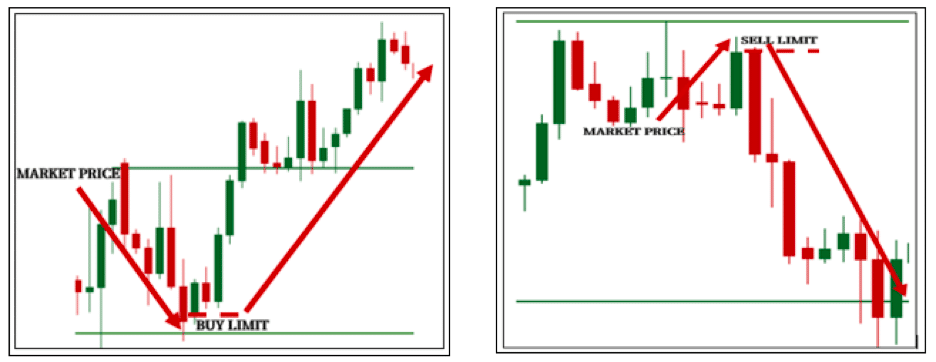
The stop order would be a buy stop or a sell stop. Let us take a sell stop as an example.
A selling opportunity on GBP/USD, the instruction is to stop GBP/USD at 1.0440. For a valid sell stop order, the market price will be above this price. The intention is that when the market reaches 1.0440, it will activate your stop order, and the position will be open.
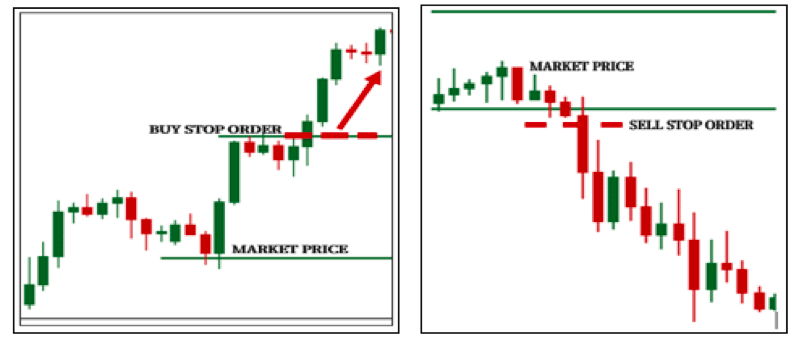
Take profit
The price at which you will exit in profit is the take profit. The signal will specify the take profit price, and sometimes it can have multiple take profit levels, depending on the trading style and the analysis performed on the specific pair. As soon as the pair reaches this price, the position will automatically close in profit.
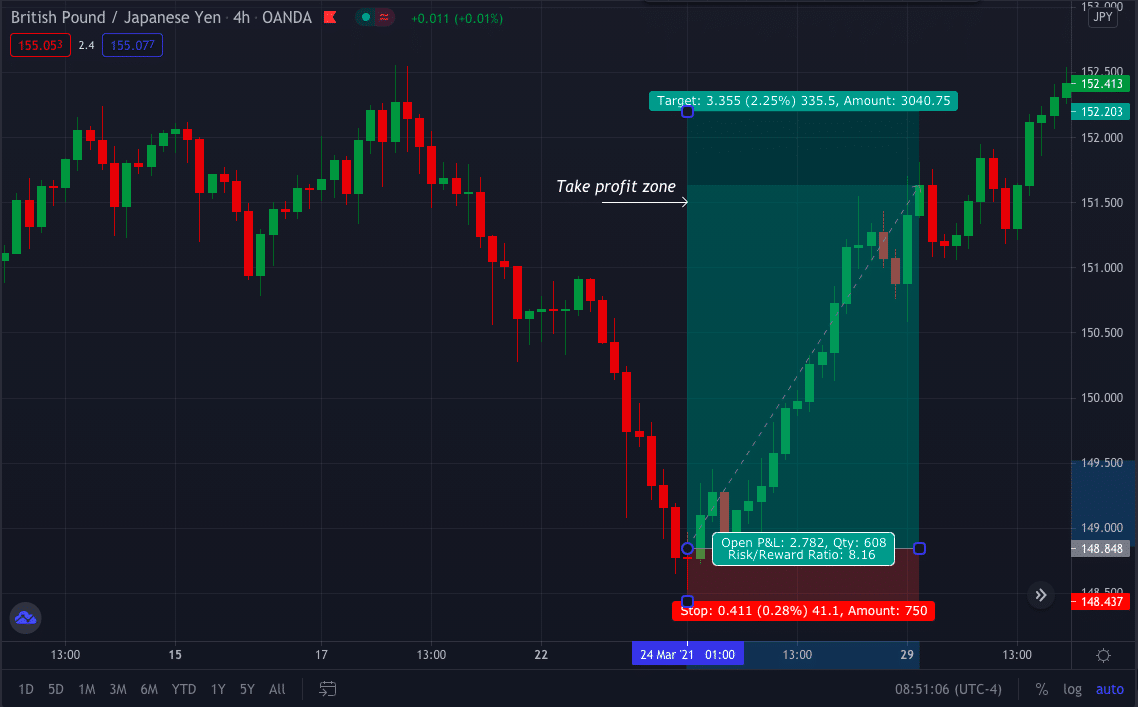
Stop loss
The stop loss is the price where you will exit the market, as determined by the signal provider, resulting in a loss.
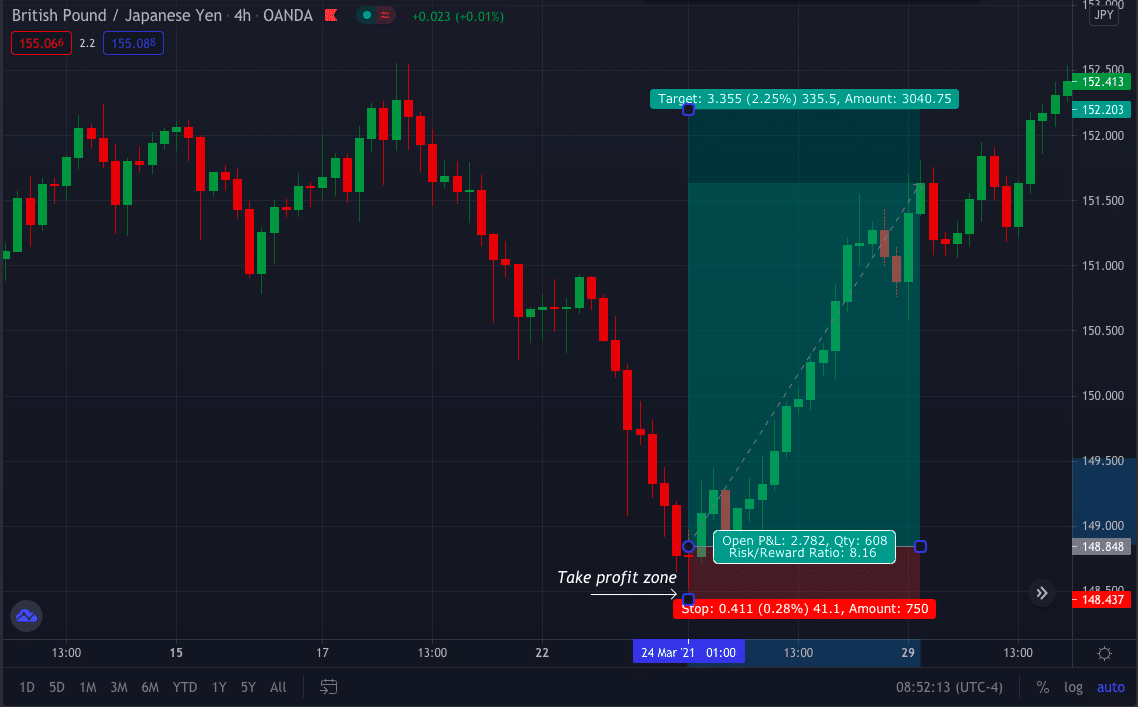
Forex signal examples
| An example of a short-term FX call | An example of a long-term FX call |
| Buy EUR/USD at 1.21157 Take profit: 1.21852 Stop loss: 1.20941 | Sell EUR/USD at 1.22124 Take profit: 1.17076 Stop loss: 1.22624 |
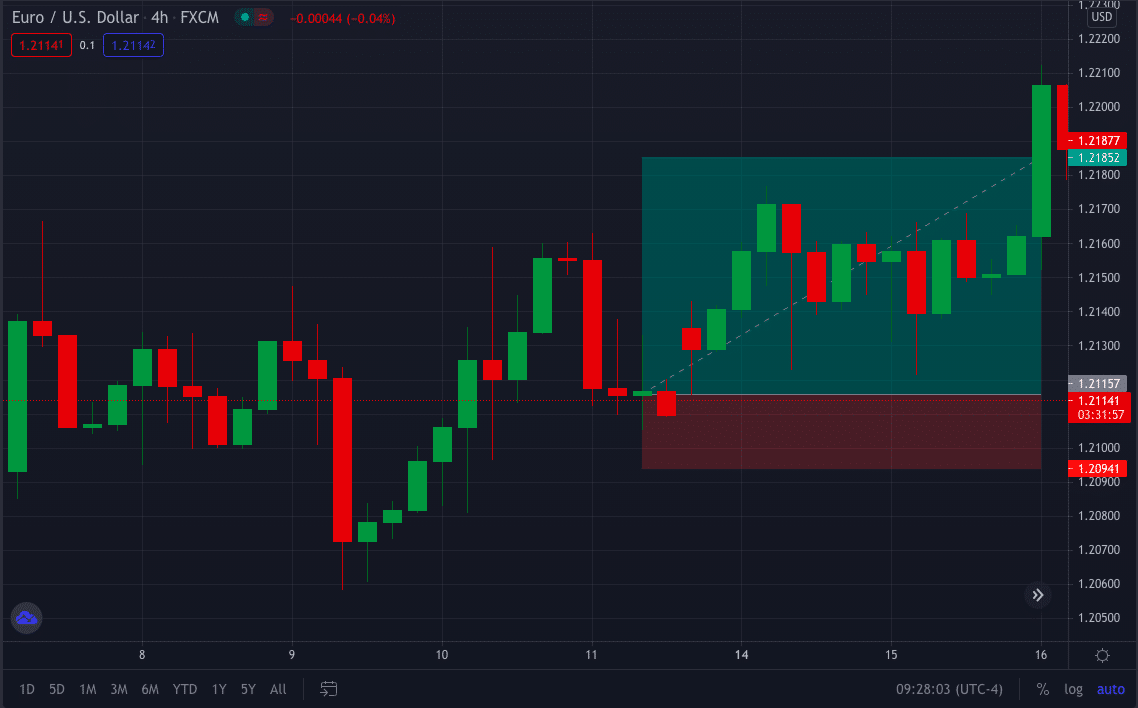 | 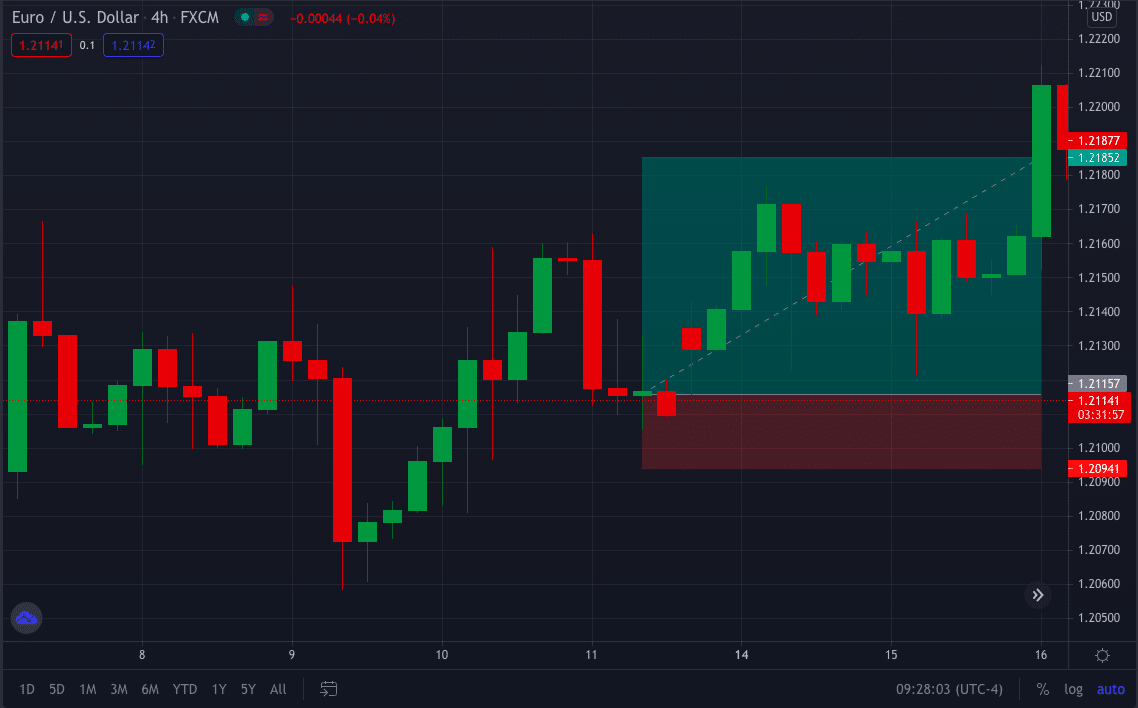 |
How to take benefit from forex signals
There are a few things to consider that will help you take full advantage of forex signals.
- Signal provider accuracy
– Conduct thorough research and check their history for signal accuracy; 80% and above are a good indication.
– Another factor to consider is the number of subscribers; if the signal provider has a large community, especially in their VIP group, it is a sign that their signals are excellent.
– Trade on a demo account to familiarise yourself with the signal accuracy and trading style. - Market conditions
– Before taking a signal, research the market conditions, such as news events that could influence the pair’s behavior.
– Look into the charts of the specific pairs and see how the signal is supposed to play out.
– Check the risk to reward ratio to ensure that you do not risk too much for little returns. - Trading discipline
– Study technical analysis and the basics of trading to understand the reason for taking a specific trade.
– Formulate a trading plan with clear objectives and stick to this plan.
– Practice discipline and do not make emotional decisions.
Limitations of forex signals
FX calls can be beneficial, but it has its limitations and challenges. Signals are not a 100% guarantee that you will make money.
There are three parties involved in calls:
- Trader
- Forex market
- Signal provider
As a trader making money by relying on signals is an important objective. However, if your trading habits are not good, you might close trades before the take profit is activated or close in a loss when the price has not reached your stop loss level. And the reasons are that people go into panic mode, or their drawdown is too high, resulting in a low margin.
The second party that has an impact on the call is the FX. The currency market is unstable, and if the market is not good, expert traders can detect this and avoid trading. However, some would take the risk and either win or lose.
The third-party involved is the signal provider. Their job is to provide you with accurate signals based on their expert analysis. If you have been trading for a while, you would have discovered many signal providers out there. Some are good and consistent, others winning ratios are not good, but unfortunately, you only find this once you have made considerable losses.
Conclusion
If you decide to use FX calls, you are not making a mistake since reliable signal providers offer their members excellent services. In addition, the tips we shared will help you take full advantage of calls. However, calls are helpful but not a guarantee, and you should apply discretion when applying sound money management principles.




